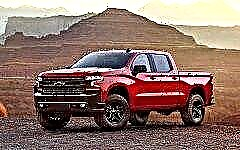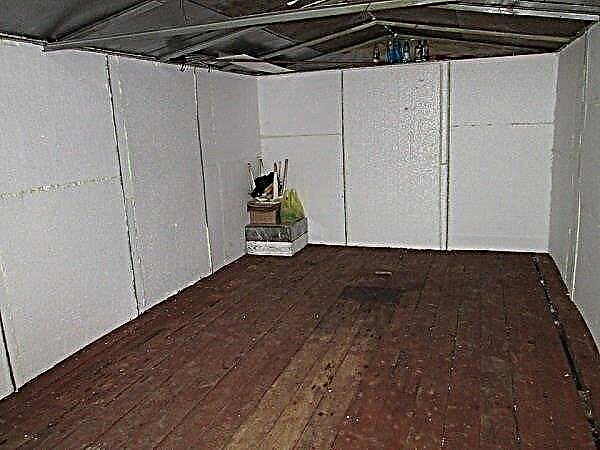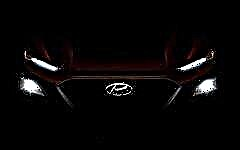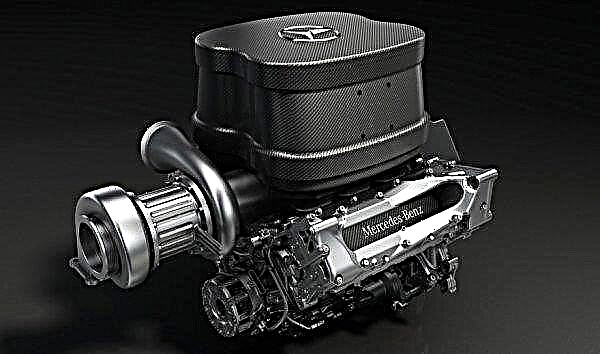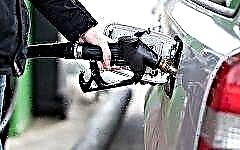

The content of the article:
- Where does bad fuel come from?
- Consequences of refueling with low quality gasoline
- How to know that you have filled up with low-quality fuel
- What to do if bad fuel gets into the tank
- Precautionary measures
Every car owner is regularly faced with the need to refuel his "iron horse", the only exceptions are drivers, whose cars are driven by electric traction.
At the same time, it has long been no secret that some gas stations, like fuel manufacturers, trying to increase their profits, artificially increase the octane number of gasoline and diesel fuel using various additives... And everything would be fine if such machinations did not affect the "health" of the vehicle, which could ultimately result in a long and costly repair.
That is why we decided to figure out what needs to be done if you fill up with bad gasoline and what consequences this may have on your vehicle. So let's go ...
Where does bad fuel come from?

No matter how trite, but in most cases the reason for the appearance of bad fuel is the desire of the filling station and the manufacturer itself to earn money by “upgrading” cheap fuel to more expensive one. This procedure is carried out by adding various prohibited additives, such as MMA and MTBE, to gasoline or diesel fuel - as a result, the octane number significantly increases, which makes it possible to turn low-octane fuel into more expensive and even premium grades AI-95 and 98.
In some cases, the reason for the appearance of bad gasoline is banal negligence, when the containers in which the fuel is stored are not cleaned for a long time and various dirt accumulates at the bottom, which subsequently gets to the unsuspecting car owner and becomes the cause of various car malfunctions.
Consequences of refueling with low quality gasoline

As practice shows, the consequences of refueling with low-quality fuel can be very different, but we tried to collect most common cases, which we hasten to share with you:
- Rapid deterioration of the oil is observed, which subsequently increases wear, and the engine may fail ahead of time;
- The quality of the spark plugs is deteriorating;
- There are problems with the catalyst;
- The operation of the fuel pump, knock sensor and fuel system is disrupted;
- There are problems with the injector (applies to cars with an injection engine);
- There are malfunctions of the oxygen sensor, etc.
As a result, the car owner will have to replace or clean almost all the elements of the car that came into contact with "bad" fuel, which promises significant financial costs and a lot of time spent.
How to know that you have filled up with low-quality fuel

If you filled up an almost empty tank, then you can notice the presence of low-quality fuel within a few minutes after leaving the gas station. However, if the "bad" fuel was poured into a half full tank, then it will be possible to find out only after some time, when it gets to the fuel line.
Drivers note that when refueling with low-quality fuel, the following can be observed:
- A noticeable increase in vehicle fuel consumption;
- Regularly stalling engine;
- Hard start and the presence of uncharacteristic sounds in the engine;
- Drop in power of the power plant;
- Deterioration of response to accelerator pedal actions;
- Detonation, etc.
You can also identify low-quality fuel by a number of signs:
- Premature appearance of carbon deposits on candles;
- The presence of foreign odors (acetone, hydrogen sulfide, etc.);
- The presence of foreign elements in the fuel (if you drop gasoline on a sheet of white paper and wait a few minutes, dirt will remain on it);
- The presence of water in the fuel, which can be detected by adding a little potassium permanganate to it. If the fuel changes color to pink, there is water in it.
What to do if bad fuel gets into the tank

If you are unlucky enough to have low-quality fuel in your car's tank, you can take one of several paths:
- Dilute the "bad" gasoline / diesel fuel in the tank with a higher quality, but this method is suitable only if very little bad fuel has been poured.
- Add a special activator to the fuel (proportion 50:50). True, this method will only help if the gasoline had a low octane content. If it contains various coarse impurities, the activator will be useless.
- Drain the gasoline from the fuel tank, then flush the fuel system completely and refill with high-quality fuel.
It is also worth noting that after using low-quality fuel, it is recommended to visit a service station, where specialists will carry out all the necessary work on resuscitation and replacement of damaged car elements: replacing fuel filters, flushing nozzles, cleaning the fuel line and testing the gas pump.
If, after refueling with bad fuel, you are not far from the gas station, you must return and file a complaint with the director of the gas station, and then demand an independent examination of the quality of the fuel.
Precautionary measures

To protect yourself from buying low quality gasoline and diesel fuel, you should adhere to the following unspoken rules of car owners:
- Fill a full tank exclusively at proven gas stations;
- When refueling, always pay attention to the external condition of the gas station and its employees;
- Avoid inconspicuous and unknown gas stations;
- Do not refuel where the price of fuel is an order of magnitude lower than the market average;
- Always pay attention to the presence and date of issue of the fuel certificate, which can be found in the consumer's corner at any gas station.
And the last thing - always keep the check, because only if you have one will you be able to defend your rights and demand compensation for the damage caused.
Conclusion
In conclusion, I would like to recommend avoiding small gas stations and trusting your car exclusively to proven and well-proven gas stations that value their reputation in the market.


